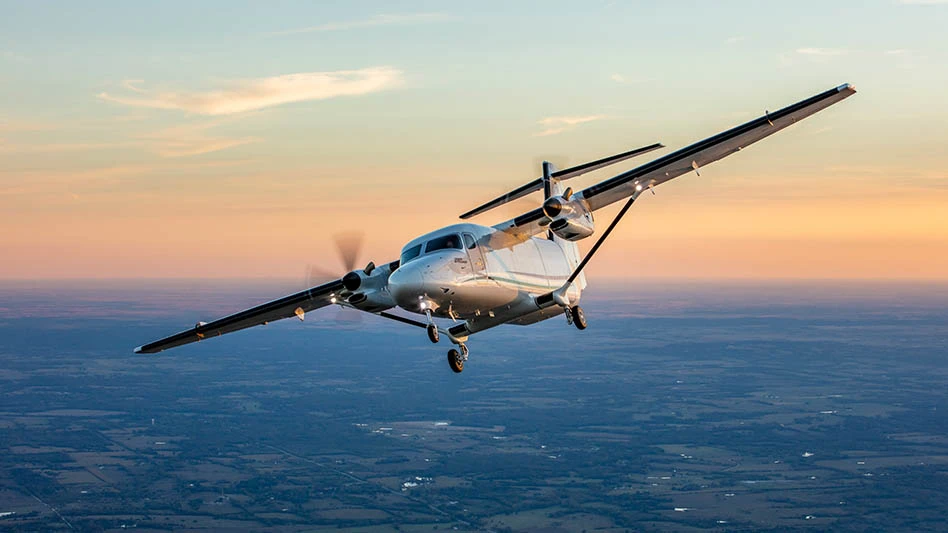US Navy integrates manned, unmanned flight operations
 Manned and unmanned carrier aircraft have operated together in the same carrier-controlled landing pattern at the same time in a series of cooperative flights from the aircraft carrier USS Theodore Roosevelt (CVN 71).
Manned and unmanned carrier aircraft have operated together in the same carrier-controlled landing pattern at the same time in a series of cooperative flights from the aircraft carrier USS Theodore Roosevelt (CVN 71).
The flights, using a Northrop Grumman Corp. X-47B Unmanned Air System (UCAS) and a U.S. Navy F/A-18 Hornet, offered an opportunity to collect data that will help reduce risks associated with integrating unmanned aircraft with conventional manned carrier operations.
During the flights, the X-47B flew in the landing pattern with the F/A-18 at approach speeds of 120mph, at a pattern altitude of 1,200ft. Mission operators aboard the USS Theodore Roosevelt had full control of the X-47B during flight maneuvers that involved several planned precision approaches to the carrier.
At the completion of the flight trials, the X-47B landed safely aboard CVN 71, catching and quickly releasing the arresting cable before folding its wings and taxiing clear of the landing area. www.northropgrumman.com
NUAIR and Griffiss Int’l Airport cleared to begin first UAS flights
The Northeast UAS Airspace Integration Research Alliance (NUAIR Alliance) and Griffiss International Airport have received their first certificate of authorization (COA) by the Federal Aviation Administration (FAA), clearing the way to begin testing of unmanned aircraft systems (UAS) at Rome, N.Y., one of six UAS test sites in the U.S.
The COA allows the Cornell University Cooperative Extension, one of the NUAIR public partners, to fly a PrecisionHawk Lancaster UAS below 400ft over a farm in western New York. The small, fixed-wing aircraft will carry visual, thermal, multi-spectral, and video sensors to evaluate corn, soybeans, and wheat, collecting data on crop growth, insect activity, disease spread, and soil conditions – information critical to advancing precision agriculture, a sector expected to be an early adopter of civil and commercial UAS in the United States.
As a test site operator, the Griffiss International Airport-NUAIR Alliance team will coordinate UAS test flights and collect and analyze data to develop safety, performance, and certification standards for integrating unmanned systems into national airspace and for civilian use. www.nuairalliance.org
University of Maryland opens UAS test site
The University of Maryland, College Park (UMD), has opened a new unmanned aircraft systems (UAS) test site in southern Maryland that will support workforce development and higher education goals in the region.
Based in St. Mary’s County, just a few miles from Naval Air Warfare Center Aviation Division (NAWCAD) at Naval Air Station Patuxent River, Naval Air Systems Command (NAVAIR) headquarters, and NAWCAD Webster Field Annex, the UMD UAS test site will be managed by UMD’s A. James Clark School of Engineering.
Matt Scassero, a former Navy captain who helped lead the NAWCAD, is director of the new UMD UAS Test Site, which is part of the Mid-Atlantic Aviation Partnership in consort with Virginia and New Jersey. Under the Federal Aviation Administration, the UAS Test Site program will help integrate UAS into the national airspace. http://uas-test.umd.edu
Life-saving UAS earns a place in museum
The first public-safety operated UAS credited with saving a life has been selected for the permanent collection of the National Air and Space Museum (NASM). The Dragan?yer X4-ES, an electric-powered quad-rotor UAS helicopter, is now on exhibit at NASM’s Steven F. Udvar-Hazy Center in Chantilly, Va.
On the cold night of May 9, 2013, the small UAS, equipped with a forward-looking infrared thermal imaging camera, helped the Royal Canadian Mounted Police (RCMP) investigate a single roll-over accident in rural Saskatchewan. The driver was seriously injured but left the vehicle and could not be found by ground units or a manned helicopter.
The RCMP brought in the UAS to locate the injured driver, and with the aid of the real-time live video feed, the pilot directed rescuers to the scene. Without the UAS, the searchers indicate they would not have been able to locate the driver until daylight, by which time he may have died due to hypothermia. www.draganfly.com
Get curated news on YOUR industry.
Enter your email to receive our newsletters.

Explore the October 2014 Issue
Check out more from this issue and find your next story to read.
Latest from Aerospace Manufacturing and Design
- July is for learning – so drop in for this month’s second Manufacturing Lunch + Learn
- Essential strategies to protect your data
- NASA selects instruments for Artemis lunar terrain vehicle
- Twin-cutter boring head
- Bell awarded funding for X-plane build phase of SPRINT program
- Shaft coupling clamps
- #46 Lunch + Learn Podcast with SMW Autoblok
- Gleason Corp. acquires the Intra Group of Companies





